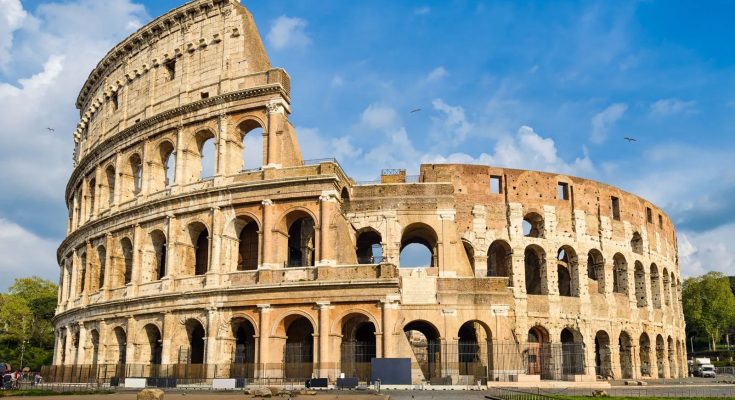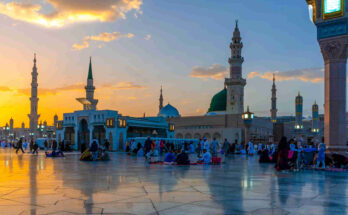Pompeii is an ancient city nestled at the foot of Mount Vesuvius. It is well-known for its remarkable upkeep after the catastrophic volcanic eruption in 79 AD. The Pompeii Amphitheater has witnessed the vibrant and entertaining Roman Empire culture.
On the Only By Land travel blog, you will find information about the various events hosted in this iconic amphitheater of Ancient Pompeii and the social significance they held for the inhabitants of Pompeii.
Historical Context
The Pompeii Amphitheater is locally referred to as the Anfiteatro Pompeiano. It has a seating capacity of approximately 20,000 spectators. It has been a center for public gatherings during the Roman Empire. The arena has witnessed gladiatorial combat, theatrical performances, and various sporting events.
Gladiatorial Combat
Gladiatorial combat was one of the most iconic and thrilling events hosted at the Pompeii Amphitheater. Gladiator combats featured heavily armed and trained warriors known as gladiators. They fought for their lives and simultaneously entertained the Roman population. Gladiators came from various background, including slaves, prisoners of war, and volunteers seeking fame and fortune.
The amphitheater’s oval design and tiered seating arrangement provided an ideal setting for these heartless contests. Combatants engaged in different combat styles ranging from duels with swords and shields to battles comprising exotic weaponry and tactics. These events were more than mere blood sports. They personified honor, bravery, and survival themes, which held profound cultural importance in Roman society.
Theatrical Performances
The Pompeii Amphitheater also showcased a wide array of theatrical performances, catering to the more refined tastes of the city’s elite. Greek and Roman dramas, comedies, and pantomimes were performed on its stage, featuring skilled actors, elaborate costumes, and stunning sets. The theatre offered diverse entertainment, from the intense tragedy of Greek classics like “Oedipus Rex” to the pleasantry Roman comedies.
The performances provided both artistic and educational value. It offered moral lessons, historical narratives, and political commentary. The amphitheater’s auditory range was carefully designed to ensure that even those seated in the highest rows could hear and appreciate these theatrical productions’ dialogue, music, and poetry.
Sporting Events
Sporting events included the most famous ancient Rome’s chariot races. The track within the amphitheater allowed for thrilling races. It involved teams of horses and charioteers contending for victory and glory.
Athletic competitions, such as wrestling and boxing matches, also found a home in the theatre. These events showcased the physical skill of athletes and offered a different form of entertainment compared to the blood-spattered gladiatorial combats.
Social Significance
The events hosted in the Pompeii Amphitheater provided opportunities for the diverse population of Pompeii, from the aristocracy to the ordinary citizens, to come together in a shared experience. These gatherings nurtured a sense of community and unity among the Roman population.
Moreover, the spectacles held in the amphitheater reflected Roman society’s values and priorities. They strengthened views of strength, courage, and discipline, highly regarded virtues. Emperors and local authorities used the events as political propaganda to gain favor and control over the Roman population.
Conclusion
With its splendor and historical significance, the Pompeii Amphitheatre stands as a witness to ancient Rome’s cultural richness.
The varied events hosted within its walls provided audiences with entertainment, education, and social unity. Today, it continues to enthral and motivate visitors by offering a preview of the past and the persistent appeal of Roman entertainment.




